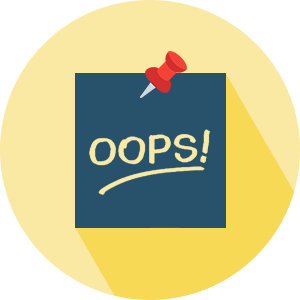Most likely, you'll recognize that vague feeling when talking to a customer support chat service, that the "person" you're chatting with might actually be a computer.
Indeed, the market size of chatbots is expanding: starting at $250 million in 2017, it will be more than $1.34 billion in 2024 (Pise, 2018). A chatbot is an automated speech generator that can respond to both written and auditory text. More than 21% of US adults and even more than 80% of generation Z (born between 1996 and 2010) use voice/text bots for information search and shopping.
Posted in Research, Archive
published on Tuesday, 26 May 2020
The rise of social media has made watching television more fun and interactive. We get regular status updates from our friends who are commenting and sharing the latest trends and their opinions on current TV shows (not to forget about the endless amount of hashtags and tweets giving us live updates on current developments as the show proceeds).
On top of this, it seems as if the sudden rise of niche influencers has radically increased the volume of online chatter. These recent developments seem to have kickstarted a new multi-screen phenomenon, otherwise known as “social TV”, which is the joint viewing of TV shows alongside the consumption of program-related social media chatter.
This rapid growth of social TV has raised numerous questions for today’s advertisers: How can shows with a high volume of social TV activity, so called “social shows,” benefit today’s advertisers in this age of a multitasking TV audience?
Posted in Archive, Advertising
published on Friday, 08 May 2020
When I was a student, I once had the honour of giving a presentation to the board of directors of a Fortune 500 company. In this presentation me and my project group proposed multiple recommendations in order to improve their communication efforts. This was one of my first big presentations, so naturally I was a bit nervous. This feeling caused me to refer to their communication efforts as “shit”. In all honesty, those communication efforts were certainly suboptimal, but my choice of words was even more so. I can still hear my group leader grunting loudly in the background when I think of it.
Posted in Archive, Advertising
published on Wednesday, 18 March 2020
When in Italy, my father-in-law has a proven technique for finding the best wine in the supermarket: By checking which shelf is the emptiest, he knows which wine is being drunk by the locals and thus is the best to get at that moment. In other words, he gladly uses the scarcity principle when being confronted with many choices in a fairly new and uncertain environment.
Posted in Archive, Strategy
published on Friday, 06 March 2020
We live in a returns culture, where delivery is free and so are the returns. Zero shipping fees and favorable in-store return policies make it very attractive to bulk buy products consumers don’t need. When consumers return their purchases, it causes losses for the companies due to extra logistical and repackaging costs. An increasing amount of returns have a negative impact on the environment too.
Marketers should strive to reduce the returns to save costs and reduce the adverse footprint on the environment. A recently published study has discovered a simple yet highly effective technique companies can use in this regard.
Posted in Archive, Strategy, Advertising
published on Wednesday, 19 February 2020





